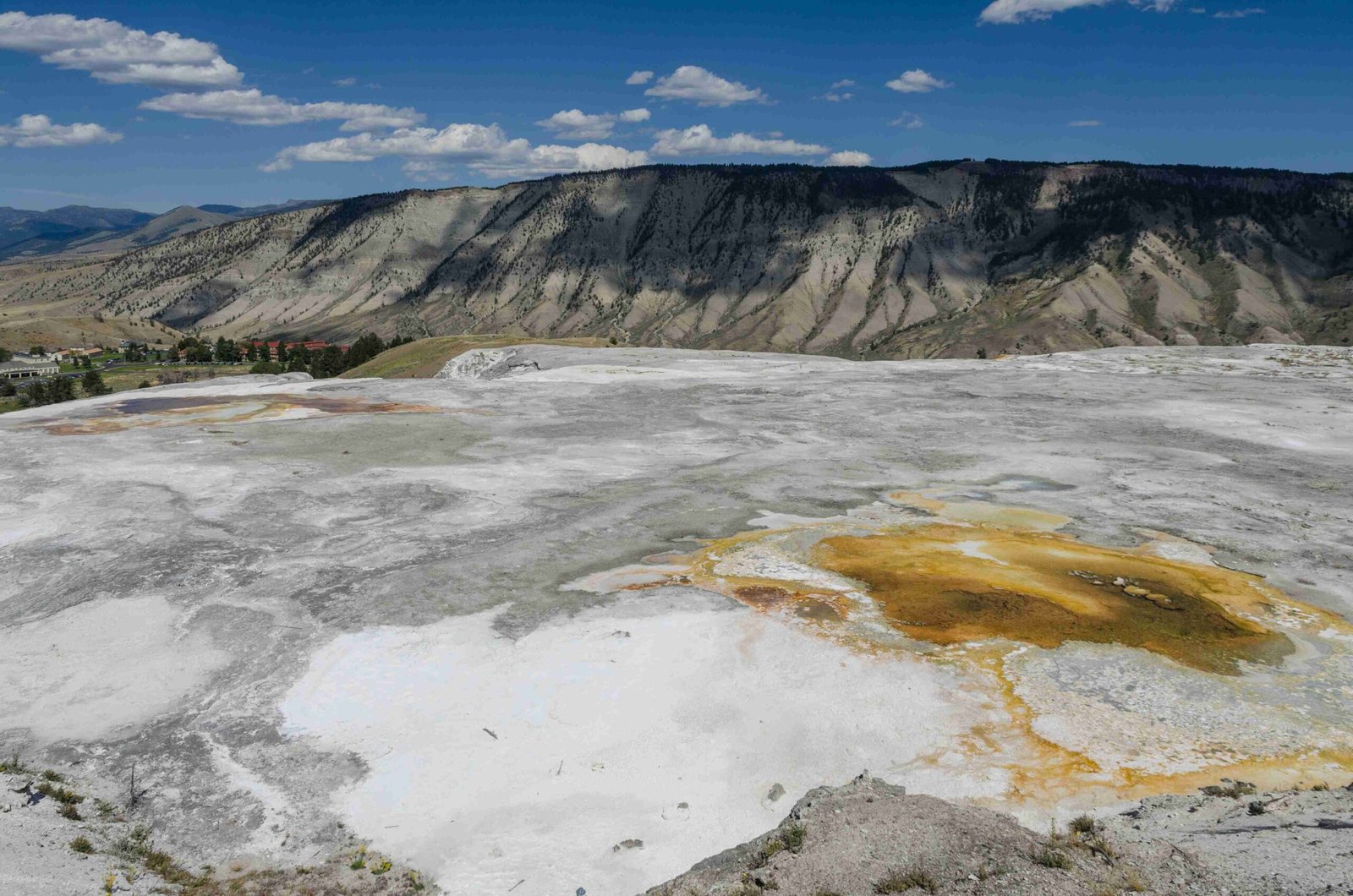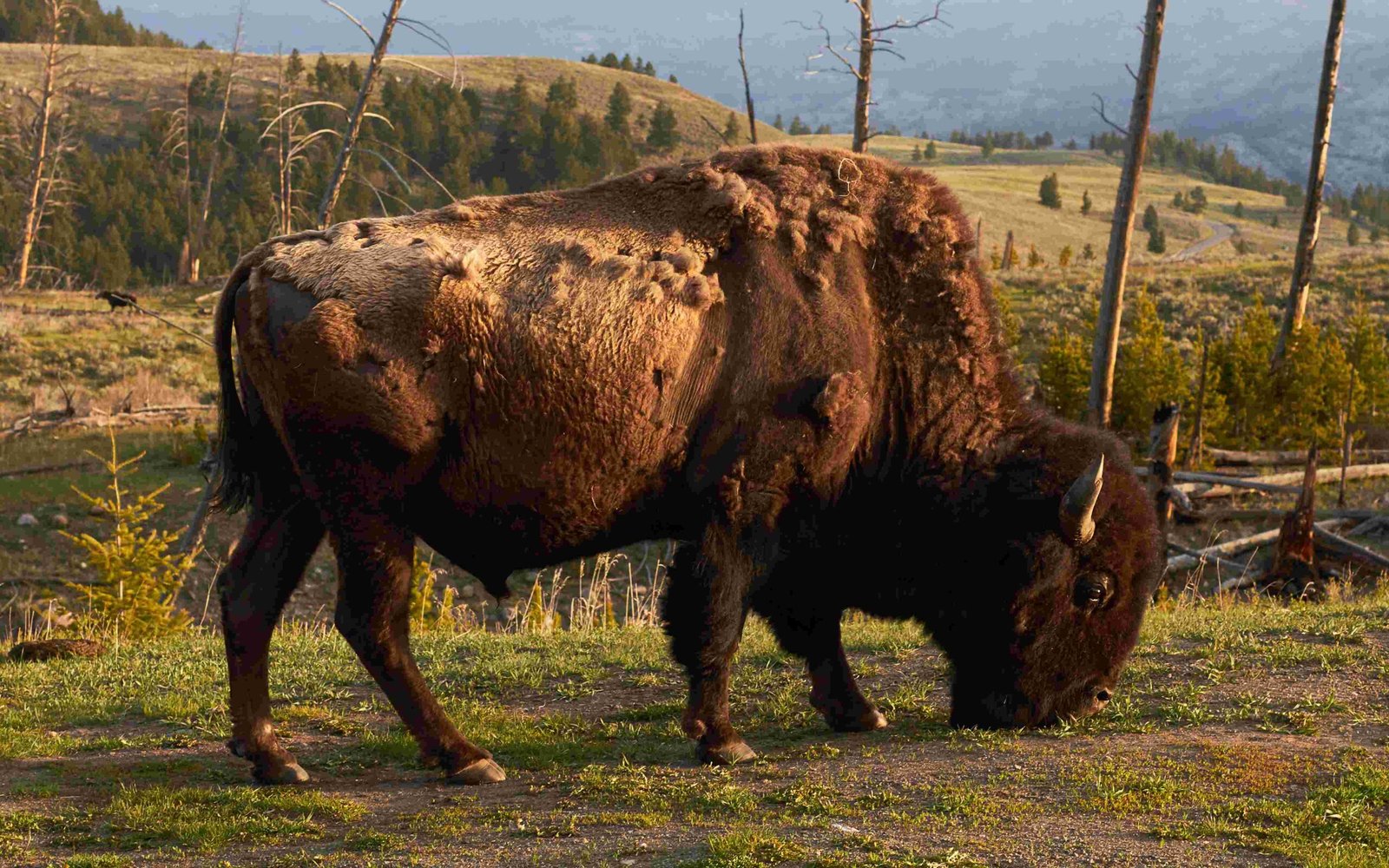West Thumb Wyoming Yellowstone National Park is a captivating geothermal area located on the western shore of Yellowstone Lake. This unique basin features a diverse array of hot springs, geysers, and mud pots, offering visitors a glimpse into the park’s volcanic activity. The West Thumb Geyser Basin, situated within the caldera of the Yellowstone supervolcano, showcases stunning thermal features against the backdrop of Yellowstone Lake and the Absaroka Mountains, making it a must-visit destination for nature enthusiasts and geology buffs alike.
What Makes West Thumb Geyser Basin Unique?

West Thumb Geyser Basin stands out among Yellowstone’s thermal areas due to its picturesque lakeside setting and diverse hydrothermal features. Here are some key attractions that make this area special:
- Lakeside Geothermal Activity: The basin’s proximity to Yellowstone Lake creates a unique environment where thermal features extend into the lake itself.
- Fishing Cone: A submerged geyser once used by fishermen to cook their catch directly in its boiling waters.
- Abyss Pool: A deep, emerald-colored hot spring with a mesmerizing depth of approximately 53 feet.
- Black Pool: A striking turquoise-blue hot spring that contrasts beautifully with the surrounding landscape.
- Underwater Geysers: Observable as slick spots or melt holes in the ice during winter months.
How Did West Thumb Get Its Name?

The name “West Thumb” originates from the area’s geographical shape and location:
- It forms a large western bay of Yellowstone Lake.
- When viewed from above, this section resembles a thumb, hence the name “West Thumb.”
- The bay was created by a volcanic explosion that occurred approximately 150,000 years ago, forming a caldera that later filled with water.
What Are the Must-See Features at West Thumb?
Visitors to West Thumb should not miss these remarkable thermal features:
- Lakeshore Geyser
- Twin Geysers
- Bluebell Pool
- Thumb Paint Pots
- Winter Spring
Each of these features offers a unique glimpse into the geothermal activity that defines Yellowstone National Park.
How Accessible Is West Thumb for Visitors?
West Thumb Geyser Basin is designed to be accessible for most visitors:
- A well-maintained boardwalk loop (approximately 0.6 miles) allows safe viewing of the thermal features.
- The boardwalk is wheelchair accessible, making it suitable for visitors with mobility impairments.
- A parking lot near the trailhead provides convenient access to the basin.
- Restrooms and an information station are available at the parking area.
What Wildlife Can Be Observed at West Thumb?
While focusing on thermal features, West Thumb also offers opportunities for wildlife viewing:
- Bison and elk may be spotted grazing in nearby meadows.
- Various bird species inhabit the area, including waterfowl on Yellowstone Lake.
- Occasional bear sightings, though visitors should maintain a safe distance and follow park guidelines.
When Is the Best Time to Visit West Thumb?
The best time to visit West Thumb depends on personal preferences and desired experiences:
| Season | Advantages | Considerations |
|---|---|---|
| Summer | – Peak accessibility – Warm weather – All facilities open |
– Crowded – Higher prices |
| Fall | – Fewer crowds – Beautiful foliage |
– Cooler temperatures – Some facilities may close |
| Winter | – Unique snow-covered landscapes – Potential to see ice formations on the lake |
– Limited access (snowcoach or snowmobile only) – Very cold temperatures |
| Spring | – Wildlife activity increases – Fewer crowds than summer |
– Unpredictable weather – Some facilities may still be closed |
How Does West Thumb Compare to Other Geyser Basins in Yellowstone?
West Thumb offers a unique experience compared to other geyser basins in Yellowstone:
- Lakeside Setting: Unlike Old Faithful or Norris Geyser Basin, West Thumb’s features interact directly with Yellowstone Lake.
- Size: Smaller than some other basins, but with a concentrated variety of features.
- Scenic Views: Offers panoramic views of Yellowstone Lake and the Absaroka Mountains.
- Crowd Levels: Generally less crowded than more famous areas like Old Faithful.
What Safety Precautions Should Visitors Take at West Thumb?
Safety is paramount when visiting West Thumb Geyser Basin:
- Stay on designated boardwalks and trails at all times.
- Do not touch or approach thermal features.
- Be aware of sudden steam emissions or geyser eruptions.
- Protect yourself from the sun and wind, as the area is exposed.
- Carry water to stay hydrated, especially in summer.
Are There Camping Options Near West Thumb?
While there are no campsites directly at West Thumb, nearby options include:
- Grant Village Campground:
- Located just a few miles south of West Thumb
- Offers tent and RV sites
-
Amenities include restrooms, showers, and laundry facilities
-
Bridge Bay Campground:
- Situated on Yellowstone Lake, about 20 miles north of West Thumb
- Provides a scenic lakeside camping experience
Reservations are strongly recommended, especially during peak season.
What Educational Opportunities Does West Thumb Offer?
West Thumb serves as an excellent outdoor classroom for various subjects:
- Geology: Learn about volcanic activity and geothermal processes.
- Ecology: Observe unique microbial mats and thermophilic organisms.
- History: Discover the area’s significance to Native Americans and early park visitors.
- Conservation: Understand the importance of preserving natural wonders.
Ranger-led programs are often available during summer months, providing in-depth insights into the area’s features and significance.
How Can Photographers Best Capture West Thumb’s Beauty?
For photographers, West Thumb offers numerous opportunities:
- Early Morning: Capture steam rising from thermal features in the cool air.
- Sunset: Photograph the thermal features with the colorful sky reflected in Yellowstone Lake.
- Winter: Capture unique ice formations and snow-covered landscapes.
- Macro Photography: Focus on the intricate details of bacterial mats and mineral deposits.
Remember to respect park rules and wildlife while photographing.
West Thumb Wyoming Yellowstone National Park encapsulates the essence of Yellowstone’s geothermal wonders in a compact, scenic setting. Its unique location on Yellowstone Lake, combined with its diverse thermal features, makes it a captivating destination for all park visitors. Whether you’re a first-time visitor or a seasoned Yellowstone explorer, West Thumb offers a memorable experience that showcases the raw power and beauty of one of America’s most iconic national parks.
References:
1. Enjoy Your Parks – West Thumb Geyser Basin
2. Yellowstone National Park.com – West Thumb Geyser Basin
3. Flying Dawn Marie – West Thumb Geyser Basin

